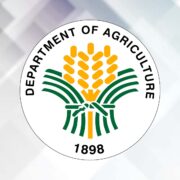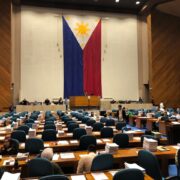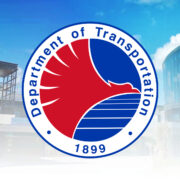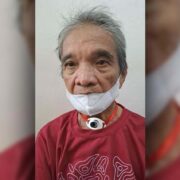DENR: PH eagle habitat key to Apayao biosphere
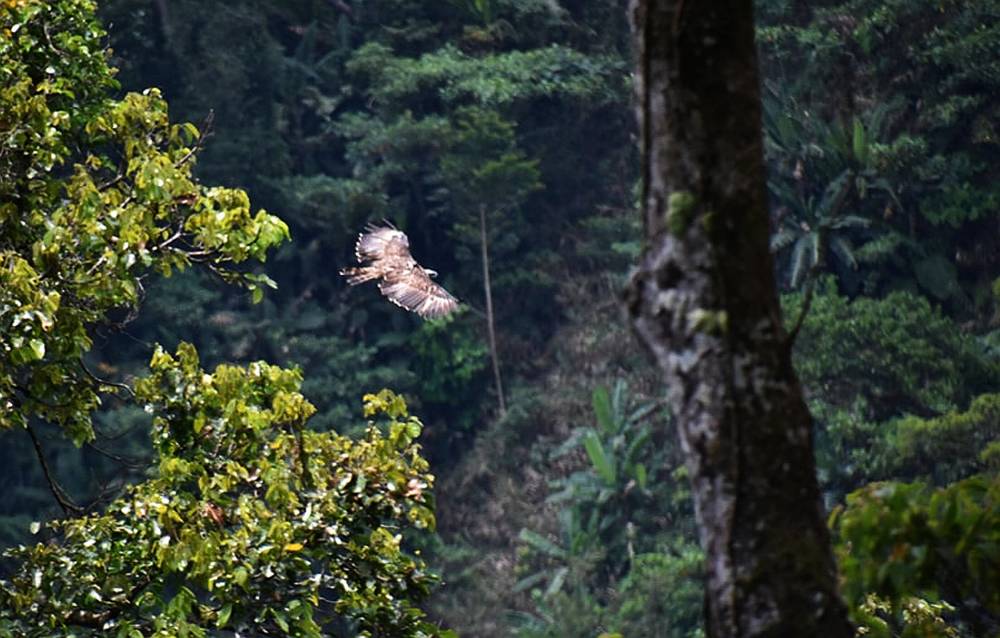
BAGUIO CITY—It takes a 12-hour bus ride from Baguio to reach Apayao, still one of the more remote provinces of the mountainous Cordillera region.
But tourists who make that trip end up enjoying a cool dip in pools fed by unspoiled waterfalls or may get a rare sighting of the Philippine eagle (Pithecophaga jefferyi) by hiking deep into the richest forests of the province that was recently declared as the Philippines’ fourth biosphere.
On July 5 at the 36th Man and Biosphere International Coordinating Council session in Morocco, the United Nations Educational, Scientific and Cultural Office (Unesco) formally inscribed over 350,900 hectares of the province as the Apayao Biosphere Reserve, joining Albay which was declared a biosphere in 2016, Palawan which had the largest forest cover in 1990, and Oriental Mindoro’s Puerto Galera in 1977.
The government is required to increase the biodiversity protection of forests, waterways, animal and plant species, and human settlements within a biosphere, according to Paquito Moreno, Cordillera director of the Department of Environment and Natural Resources (DENR), who discussed Apayao’s biosphere application during a June 3 environment month briefing here.
The Apayao biosphere is divided by a transition zone incorporating all built-up communities and farming areas spanning 179,000 ha, a buffer zone of about 168,720 ha and the remaining core zone (or strict protection zone) which measures 48,254.4 ha.
The biosphere appeals to residents who practice Apayao’s traditional “lapat,” which are community-led exclusion zones inside forestlands.
Once an Isnag community determines a woodland as a lapat area, no one is allowed inside that part of the forest to allow the resources there to “heal and recover.”
The current lapat also serves as Apayao’s 18,811.14-ha ancestral domain.

Watershed cradle
According to the Unesco website, biospheres are also “learning places for sustainable development,” because governments could pilot “interdisciplinary” solutions that reconcile biodiversity conservation with “its sustainable use.”
This week, Moreno told the Inquirer that Apayao had been “broadly classified as 10-percent alienable and disposable, and 90-percent forest.”
Part of the so-called Cordillera “watershed cradle” of north Luzon, Apayao is covered by 298,826 ha of closed and open forests. Back in 2015, it was dubbed the “Last Forest Frontier in the North.”
Apayao has the lowest population in the region, and the Cordillera province has the lowest population density. Apayao’s 124,366 residents have maintained low-key lives, many tending to farms in the upper Apayao towns of Calanasan, Conner and Kabugao and in the municipalities of Luna, Pudtol, Flora and Sta. Marcela.
But between 2013 and 2015, residents began volunteering for more serious tasks to protect their environment. Most towns that are surrounded by woodlands have drawn up forest land use plans and held dialogues to temper logging and the occasional kaingin (slash and burn farming).
In 2015, Apayao adopted a comprehensive master plan for its massive Apayao-Abulug river system which leads down to Cagayan Valley region.
In 2022, Apayao Gov. Elias Bulut Jr. prioritized renewable energy projects as essential to Cordillera economic growth and as a climate change measure after he was appointed chair of the Cordillera Regional Development Council.
All of these initiatives helped draw attention to Apayao biodiversity.
Key discovery
But it was the discovery in 2015 of an active Philippine eagle’s nest in the forest of Calanasan town which helped Apayao achieve its new status as a biosphere.
The nest proved that Calanasan was a habitat for the critically endangered Philippine eagle, following the discovery.
In April, the DENR and the Calanasan government recovered and released to the Apayao forest a Philippine eagle called “Nariha Kabugao.” The bird was found with shrapnel wounds, Moreno said earlier.
He said the DENR had widened its tracking and surveillance operations to keep watch on Nariha Kabugao because of new eagle sightings in Barlig, Mountain Province and Abra province, which are near Apayao’s borders.
“GPS (global positioning system) tracking shows Nariha circling Calanasan which strongly boosts Apayao’s chances at becoming a biosphere,” Moreno said in the June press conference.
Apayao used to be joined by Kalinga in the single province called Kalinga-Apayao, until they were separated through legislation on Feb. 14, 1995.


